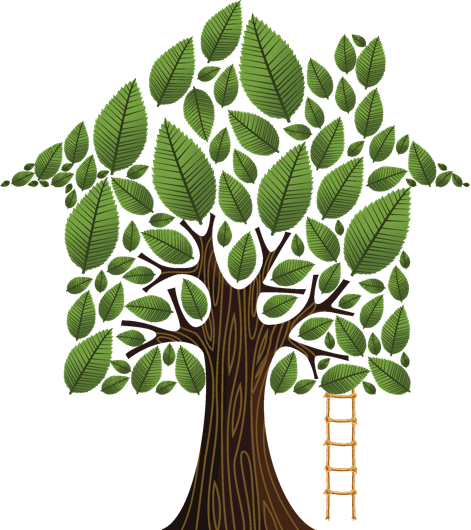On October 31, 2017, lower Manhattan was struck by another terrorist attack. In its wake, NYPH responded with immediate aid to the injured and the traumatized. After the initial flurry of life-saving, critical care, the blinking lights pulled away, leaving a crime scene of devastation and fear.
On November 2nd, BCW was called into Stuyvesant High School, a large community at this event’s ground zero. “Stuy,” as it is known, had students, faculty and staff in harms’ way, as direct witnesses to death and injury.
They had to flee, hide and shelter in place at school, with administrators and faculty providing supervision and safety late into the night. A staff member had been injured and hospitalized, and the school of 3,400 students and hundreds of faculty and staff were reeling from the direct and indirect exposure to carnage/terrorism.
Our response in this case, as it has been in so many previous tragic situations in our community, is to provide support, guidance, and structure in a time of chaos, fear and grief. We “help the helpers,” knowing that what students need at this time is the guidance of their trusted counselors, teachers and staff. What these helpers need in order to be able to do that is to be guided, “heard,” consoled, supported and informed.
On that first day at Stuy, I met with self-selected staff to provide guidelines for the day and the days immediately following the attack. I emphasized structure and routine along with flexibility. For example, classes should include a chance for checking-in and reflection, taking needed breaks to meet with clinical staff or just to go draw and listen to some music in the auditorium (a venue I had asked them to set up).
These teachers, counselors and staff were physically, emotionally and cognitively exhausted, and were hungry for direction, guidance and affirmation.
I composed a letter, vetted and tweaked by the assistant principal, emphasizing this philosophy of structured flexibility, gently reminding them that any tragedy exposes the vulnerabilities left by past tragedies and stress, past and present. They were told that help from the clinical staff was a raised hand, an email or a whispered request away.
The next day, my trusted and valued BCW colleague, Mary Cullman, LCSW, rose at the crack of dawn to accompany me to a large gathering of highly anxious school parents. We presented alongside the administration, security staff and clinicians. We provided information on trauma and natural responses to trauma, gave guidance and answered questions, letting them know that BCW remains a resource to them.
We consulted with the various school helpers on the ongoing structure of these sensitive/critical first days with particular attention to/consideration of the most vulnerable in the school community.
I was asked to return the following week to conduct a full day of professional development sessions, reaching most of the 200-person faculty. I taught/shared what I have learned from going into many crises over the years and encouraged the faculty to give voice to their stresses, concerns and fears. They particularly appreciated the message that they, as revered educators, could model their own humanity and coping skills for their students and how impactful that work is for children right now and for a lifetime of coping with future challenges.
We are, in our own way, First Responders, minus the helmets and uniforms. We go into trauma and loss situations to help foster psychological healing and resilience.
Lisa Zeitz, LMSW



